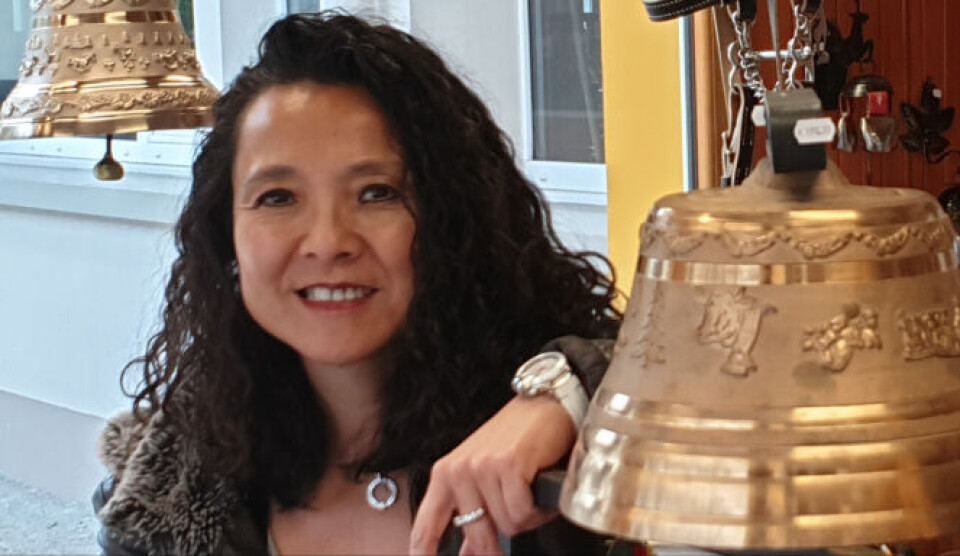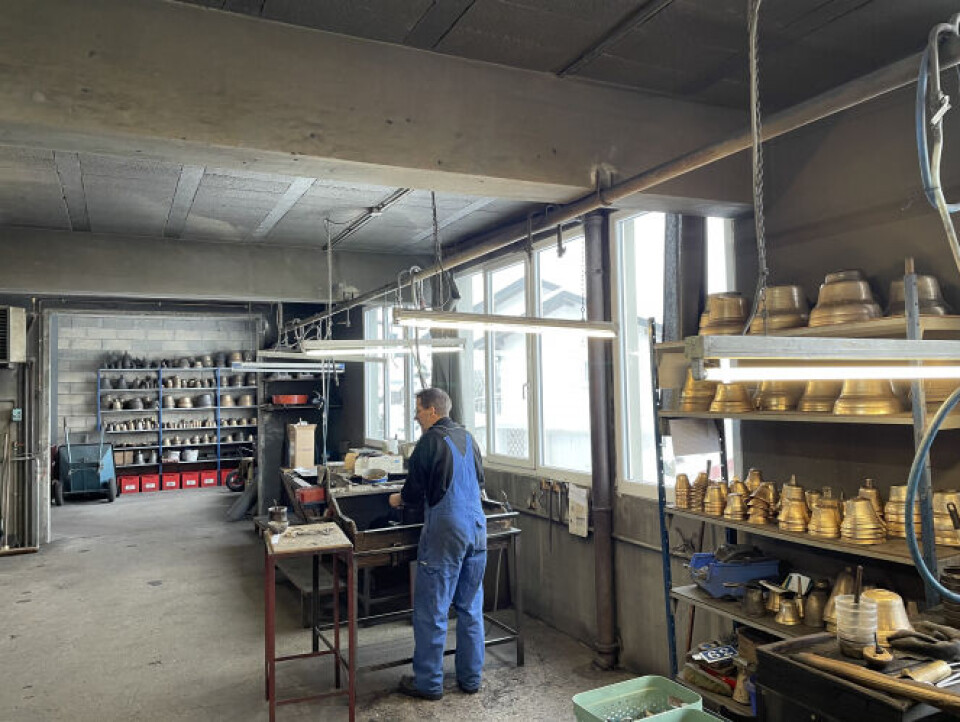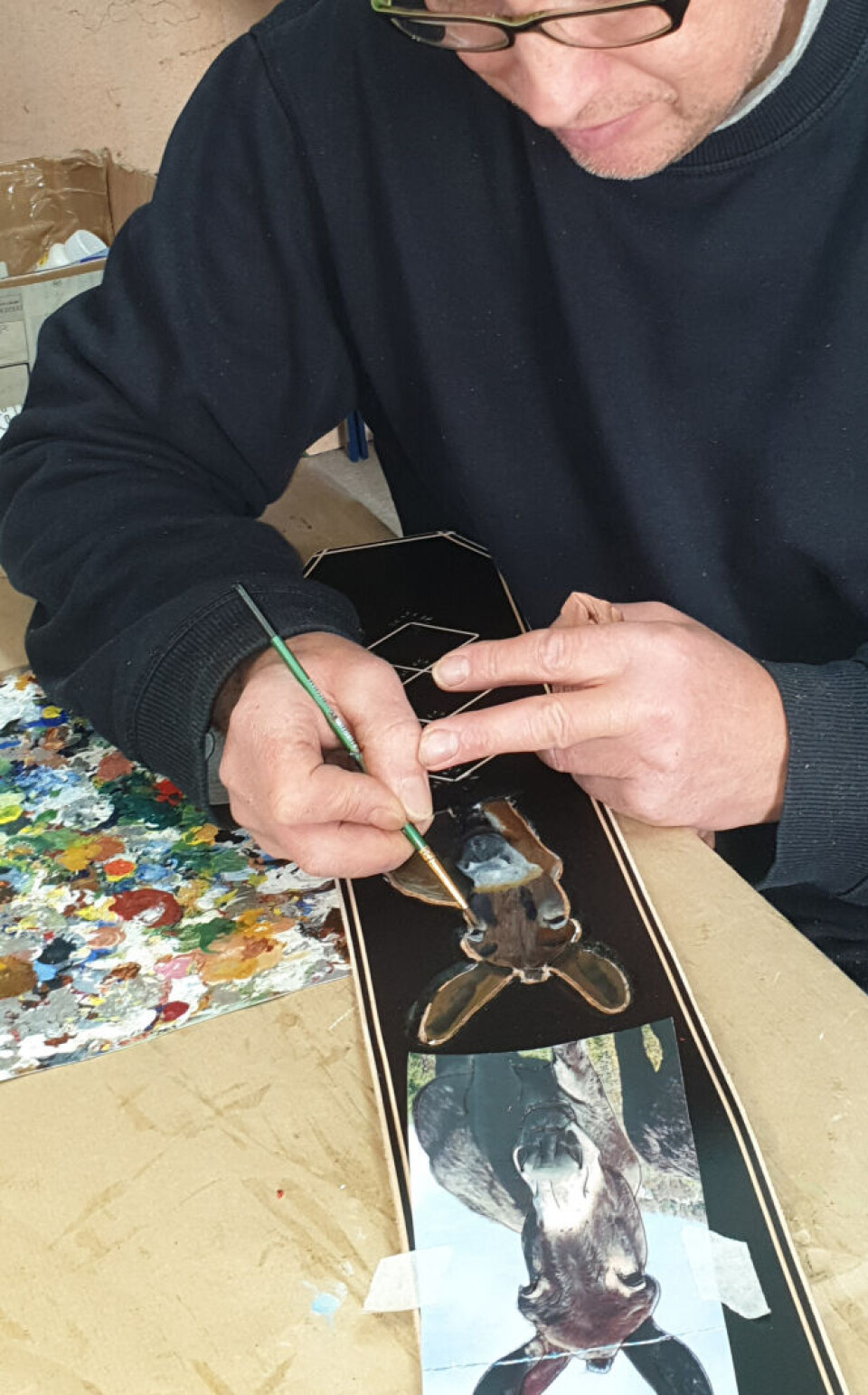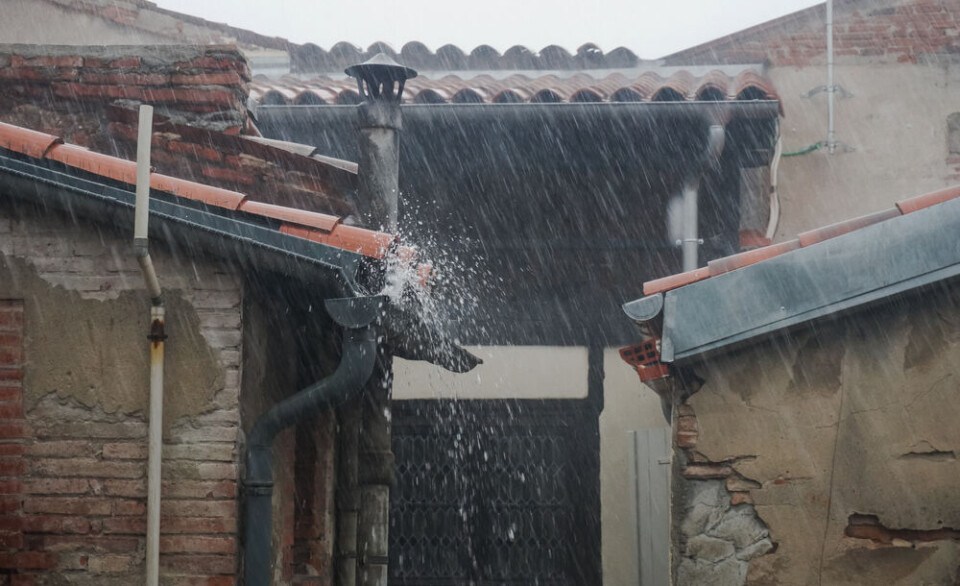-
I moved to France and became owner of a reclamation and salvage yard
When Nick Powell, 55, came to France at the tender age of 20, it was to help with a building project on a house close to Poitiers
-
Art of trimmings: The artisans who supplied French and Monaco royals
Only one firm specialising in the ancient craft operates in France. Its owners describe the challenges that their business is facing in contemporary times.
-
Mimosas blossom in south of France as season begins
The bright, highly-scented trees bloom from January until the end of March, and are prized in the Alpes-Maritimes and Var for everything from perfume to candles to chocolate
Meet the bell makers of France continuing 300 years of craft
Obertino Morteau, specialising in small bells in over 200 models, is facing an uncertain future following a difficult year due to Covid

Few bell foundries are left in France – and those survivors are now at risk from Covid.
One of them is Obertino Morteau, which specialises in small bells and makes more than 200 models.
It makes bells for cows, goats and sheep in the fields.
It also makes prizes for agricultural fairs, house bells – either door bells or to call people to table – souvenirs, and personalised gifts for anniversary, wedding and other special occasions.
Following a difficult year due to Covid-19, when overseas orders practically disappeared and agricultural shows were cancelled, Obertino Morteau’s owner Siv-Chheng Tiv is worried about the future.

She said this year is worse than last year, when there was still hope the pandemic would end fairly quickly.
Now the future is uncertain: “Three years ago, the owners Yves and Sylviane Obertino handed over the business to me, but now we are in a very difficult situation.
“It could mean 300 years of specialist knowledge could disappear. There are no schools teaching this craft. It is learnt in the workshop, passed down from generation to generation.
“It would be a tragedy if we had to get rid of any of our 10 employees and the savoir faire they have spent years learning.
“In normal periods, we heat up three to four 45-kilo crucibles of bronze a day.
“This year, we are lucky if we heat up one a week.”
The bells are made by hand out of bronze with leather straps, each one unique
The company, at Morteau, Doubs, has been awarded the Entreprise du Patrimoine Vivant label, given to those keeping traditional skills alive.
Daniel Rognon is a fondeur de cloches, bell-maker. He has been with Obertino Morteau for 42 years: “I have always lived near to the foundry.
“I did not like school and as soon as I left, I joined Obertino Morteau, and I immediately loved the work. It is artisanal.
“I am never bored because each bell is different. It is physically demanding so you have to be strong, but you also have to be very precise because there is a lot of fine detail involved. I learnt everything I know in the workshop.”
He said the first step is to produce the mould: “There is a smooth bronze model for each size and shape of bell.
“This is put into a frame and covered with damp sand which is tamped down to create the shape for the outside of the bell. This is then turned over and the interior is filled with sand and again tamped down.
“The two sides of the mould are then separated and the individual design for that bell is pressed into the sand using metal letters and shapes.
“Each one has to be applied carefully in the exact position required. The two parts of the finished mould are put together, leaving holes to pour in the molten bronze, a mixture of copper and tin, heated to 1,200C. After about five to 10 minutes, the bell is released from the mould. The bell comes out black and has to be cleaned.
“The design in relief is left natural, and the plain parts are polished until they shine. The clapper is added at the end.”
The bells are completed with an individually designed and decorated leather strap which is made by another craftsman, a bourrelier, a traditional word used to describe a leather worker who makes harnesses for animals. Making saddles is a separate profession, sellier.

Noël Bole is Obertino Morteau’s bourrelier. “I started in the foundry, but when they needed someone for the leather work, I offered to learn the trade,” he said.
“I was taught by a leatherworker who was the son of a bourrelier. I love making each strap from A to Z. Cutting out the leather, sewing and then decorating them using several different methods: painting, engraving, embroidering or cutting and adding other pieces of coloured leather.
“Some of the straps I make are plain for the cattle, sheep and goats in the fields. “Others, for special occasions, each have their own individual design. There are few bourreliers still at work in France.”

While there is no training school for bell-makers, or bourreliers, you can learn to be a saddler by studying for two years for a Certificat d’aptitude professionelle sellerie generale (CAP), which gives a basic professional qualification straight after collège (from 15).
A one-year Formation Complémentaire d’Initiative Locale (FCIL) sellier-Maroquinerie provides a specific qualification for young people in lycées where there are likely to be jobs in the local area.
Siv-Chheng Tiv hopes there will soon be weddings, anniversary events, agricultural shows and transhumance events, when cattle are dressed up in their “Sunday best, with a new bell” to parade through the streets.
Local farmers have done their bit to help by buying a specially made bell for their cattle this year, called a cloche de la solidarité.
She is grateful for this help, also supported by private purchasers, and hopes it will help the foundry and its heritage survive the next few months.
Related stories
Fish leather maker pays homage to ‘lost’ tribes of Siberia
Heston Blumenthal brings emotion and baby powder aromas to Top Chef
























